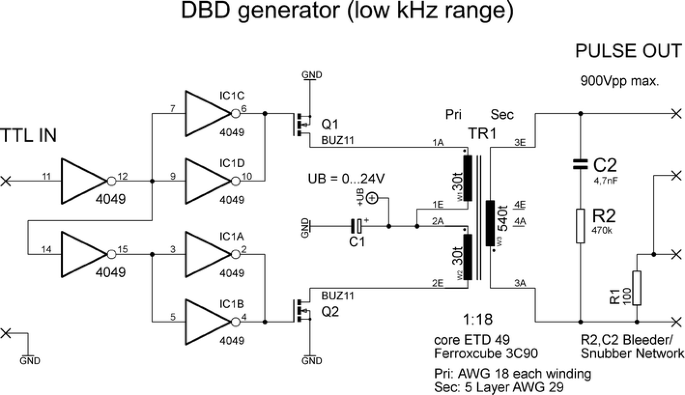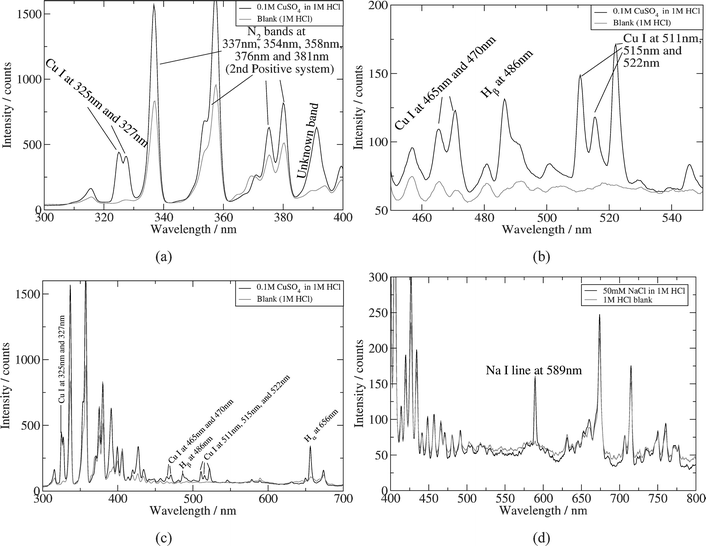
The median VDT was 528.8 days (range, 30.9–2,911.4 days) for all lung adenocarcinomas.

Out of 268 patients (mean age, 64 years 143 men), there were 30 lepidic, 87 acinar, 109 papillary, and 42 solid/micropapillary predominant subtypes.


A Cox proportional hazards model was used to determine predictors of DFS.Results: Disease-free survival (DFS) was obtained from patients undergoing surgery before July 2017. VDTs were compared between predominant histologic subtypes and lesion types using Kruskal–Wallis tests. Three-dimensional tumour segmentation was performed on two CT scans and VDTs were calculated.
#Elcad flourine emission serial#
This retrospective study included patients who underwent at least two serial CT scans before surgery between July 2010 and December 2018. To investigate differences in VDT between the predominant histologic subtypes of lung adenocarcinomas and to assess the correlation between VDT and prognosis.Methods and materials: Review board approval and written informed consent were obtained.Funding: Pulmonary metastases instead of incidental nodules were measured.Ethics committee approval Therefore, the follow-up period to detect pulmonary nodule growth could be dramatically shortened from three to about one month, reducing patient anxiety and the potential for stage shift in lung nodule management.Limitations: Therefore, the minimum required interscan period to detect a VDT of 400 days is only 33-39 days.Conclusion:īoth scanners result in low interscan variability, especially compared to current clinical standards, which requires a volume change of 25% (the current 95%-LOA) as significant nodule growth. The 95%-LOA was ☗.0% for the MDCT and ±5.9% for the UHRCT (p=0.07). 95%-limits of agreement (LOA) and the time to estimate actual nodule growth rate at a nodule volume doubling time (VDT) of 400 days were calculated.Results:ġ7 patients (60 nodules, average volume: 218 mm 3) were imaged on the MDCT and 27 patients (90 nodules, 177 mm 3) on the UHRCT at a similar dose (mean dose-length-product: 126.6 mGycm vs. 4 per patient, effective diameter 4-15 mm) were performed on a lung screening workstation (Veolity). Semi‑automated volumetric nodule segmentation and volume estimation (max. In between scans, an off‑and‑on table strategy was used to simulate follow-up scans with no nodule growth. In this prospective study, patients with at least two non-calcified solid pulmonary nodules suspicious for metastases on previous CT scans were imaged twice with either a high-end 320‑detector CT (MDCT, Aquilion ONE Genesis, Canon, slice thickness 0.5 mm, 512x512 matrix) or an ultra-high-resolution CT (UHRCT, Precision, Canon, 0.25 mm, 1024x1024). To determine the interscan variability of pulmonary nodule volume measurements in CT scans acquired with state-of-the-art wide-area and ultra-high-resolution CT systems.Methods and materials: Recalibration required.Ethics committee approval Participants with a high LC risk and low risk of CVD or COPD deaths may benefit most from screening.Limitations:Ī retrospective design. LC screening participants can be stratified into groups based on LC, CVD, and COPD risk and may benefit from personalised follow-up protocols. Among those with a high LC risk and low CVD and COPD mortality risks, 16.0% were diagnosed with LC (150/940) and 2.1% died (20/940).Conclusion: In participants with a low LC risk and high CVD and COPD mortality risks, respectively, 0.8% were diagnosed with LC (3/362) and 7.5% died (27/362) (“high” and “low” risk defined in Figure 2). Among those who also had a CVD and COPD mortality risk above the 0.9 quantile, this proportion increased to 48.4% (45/93) (Figure 1).

In the NLST, 756 were diagnosed with LC (3.4%) and 259 (1.2%), 435 (2.0%), and 0.5% died of LC, CVD, and COPD, respectively, after five years’ follow-up. For each outcome, a Cox regression model was derived from combining patient characteristics and CT features from the baseline scans.Results: Risk models were developed to predict four outcomes: LC incidence, LC mortality, CVD mortality, and COPD mortality. CT measures of CVD and COPD were extracted using computer algorithms, and nodule features were provided by the trials. The model derivation (n=23,096) and validation cohorts (n=2,287) were formed using data from the NLST and MILD trials, respectively. Being able to identify participants at risk may encourage a multidisciplinary preventative approach towards reducing overall mortality.Methods and materials: Cardiovascular disease (CVD) and COPD are the main competing causes of death which diminish the benefits of lung cancer (LC) CT screening.


 0 kommentar(er)
0 kommentar(er)
